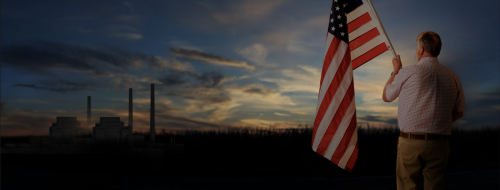
Industry News | CWP
Issues facing claimants at Iowa weapons facilities
June 24, 2019
June 24, 2019
CWP
Industry News
Workers Exposed to Radiation During Arms Race Seek Cancer Care, Compensation
Doug Provaw, a 94-year-old who lives in Ames, Iowa, remembers receiving a chemistry set in the mail when he was in high school. A self-described “science geek,” growing up in rural Iowa, Provaw said he was in “pig heaven” when the set arrived—replete with white phosphorus and a glass jar full of water. In hindsight, it was not the safest mail order, he said. “If the white phosphorus had had contact with the air, the set would have basically ignited.”
In the 1940s and 1950s, chemistry was a more cavalier activity. In the 1960s, the U.S. Department of Labor began publishing profiles on dangerous chemicals, and safety data sheets. By the late 1980s, there were requirements for employers to provide information on chemicals used in the workplace.
Provaw’s first job, much like his youthful forays into chemistry, pre-dated these precautions. In 1951, he was hired as a nuclear materials accountant at the “Ames Laboratory” at Iowa State University in Ames. The laboratory fell out of the “Ames Project,” a top-secret wartime effort in which scientists purified bulk uranium and thorium, both radioactive metals, into purified forms that were transported to the famous Fermi Lab at the University of Chicago, which was key in developing the atomic bomb.
Click to read the full article
